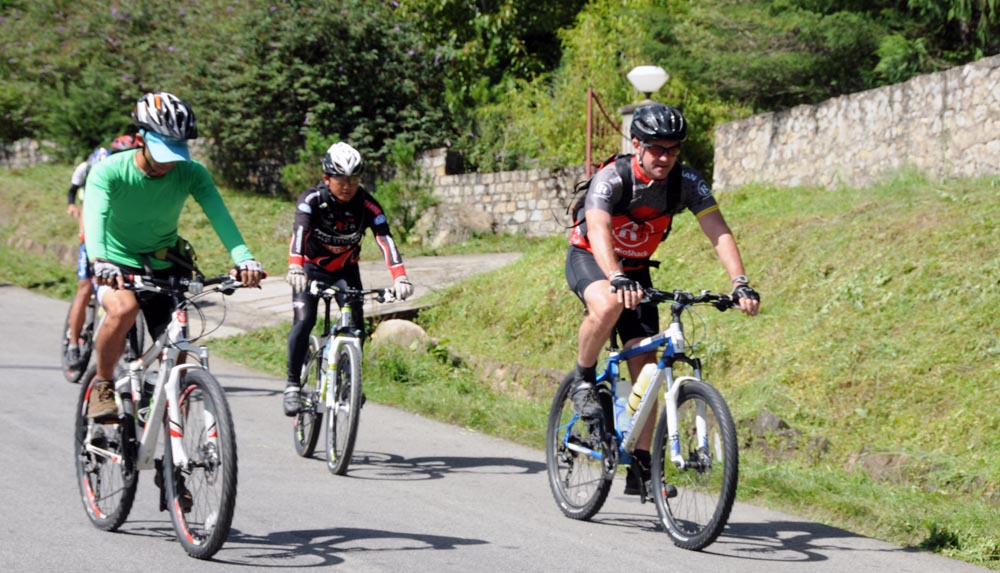


Explore the best Bhutan holiday packages, featuring breathtaking landscapes, rich culture, and unforgettable adventures in the Land of the Thunder Dragon.
Immerse yourself in Bhutan's rich traditions and vibrant celebrations. Explore the most awaited festivals and cultural events across the Kingdom.